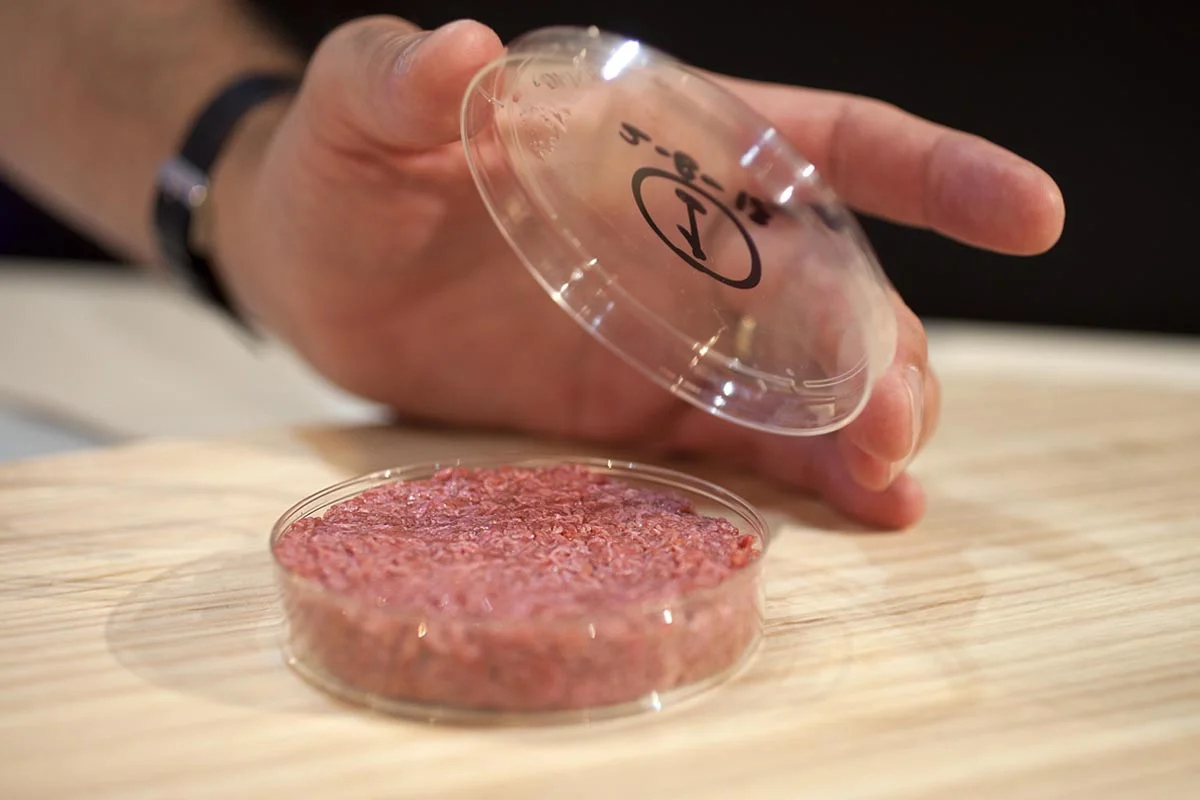Cell-Based Meat: What Is It? Who Regulates It?
/According to Wikipedia, cell-based meat is also called synthetic meat, cultured meat, lab-grown meat, clean meat, or in-vitro meat. Some traditional agriculture groups have referred to the product as fake meat or lab-grown meat, while proponents may call it slaughter-free meat. Whatever you call it, the idea is to create meat for human consumption by using regenerative genetic technology to grow tissue in a laboratory. Cell-based meats have not yet hit grocery store shelves or restaurant plates, but the battle over what governmental agency or agencies will regulate the meat is well underway.
In layperson’s terms, here is how cell-based meat is produced:
Image from www.meatpoultry.com
First, cells are collected from a donor animal. Then, the cells are treated with a protein that helps them to reproduce and grow. The cells are placed in a medium for growth and set up to grow on an edible scaffold to produce a three-dimensional product. The result is meat—an animal tissue for humans to eat. Questions exist about consumers’ interest, affordability, environmental impact, ethics, taste, texture, and nutrition, but the science is basically there.
The USDA and the FDA have announced a plan to jointly regulate the area of “cell-cultured food products.” Under the proposed system, the FDA would oversee the process from the time cells are collected from animals through the culturing process, and the USDA would take over when the cells are harvested and turned into meat products for sale to consumers. Even though the regulatory agencies have seemingly agreed to work together, some members of Congress have not stopped their efforts to dictate regulatory control of the products. A rider in the 2019 agriculture spending bill would require the USDA to lead oversight of cell-based products. The Trump Administration urged Congress to drop the provision and leave it up to USDA and FDA to figure it out, but some lawmakers have not backed down. Various senators and representatives have expressed caution at the idea of joint jurisdiction by two agencies.
The issue certainly is not resolved, and I suspect we’ll see more press releases and rule-making from the agencies and Congress. The question also remains as to what exactly we’ll call this new product. Labels matter, and you can expect more regulatory oversight of how this product is marketed. In the meantime, enjoy your traditional turkey this Thanksgiving!




